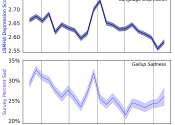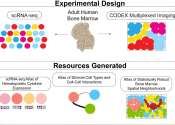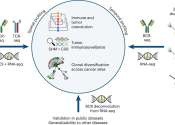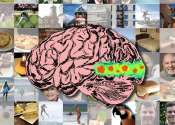Using AI and social media to track depression in communities could offer more reliable assessments than surveys
A study that used artificial intelligence (AI) and social media posts to assess the rates of depression and anxiety in nearly half of American counties found that the AI-generated measurements produced more reliable assessments ...
May 7, 2024
0
23









